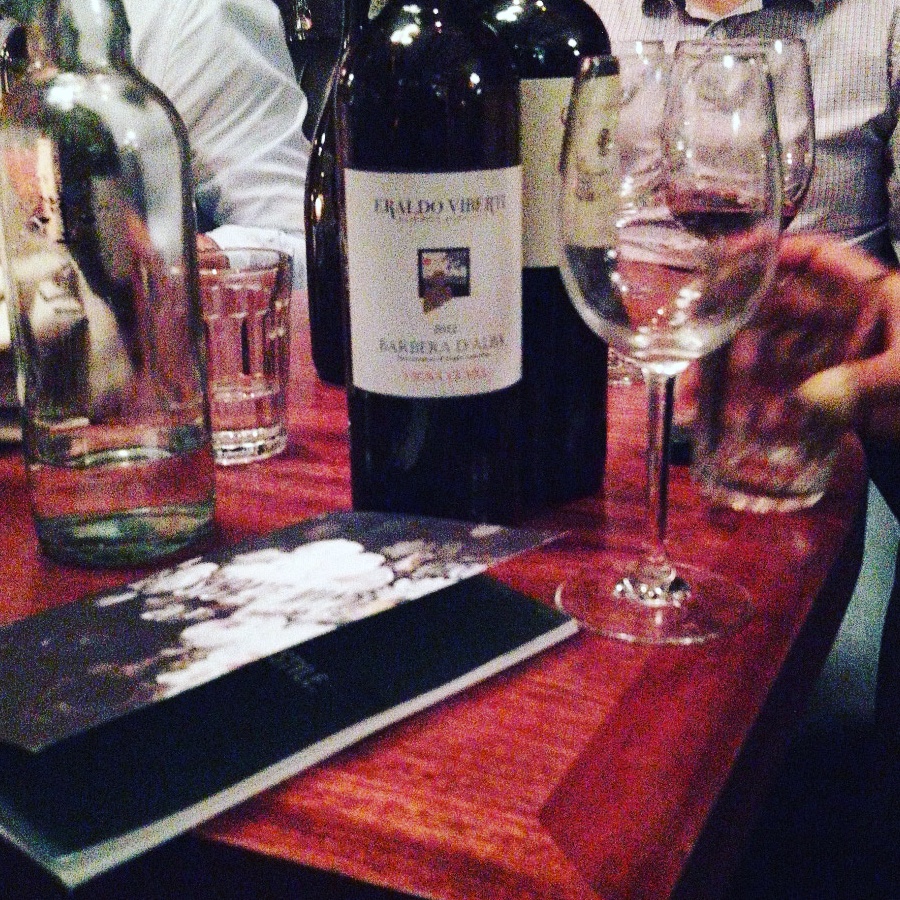Italy. Lombardy. Franciacorta.
- Valerio Rosellini

- Jan 22, 2021
- 2 min read
Updated: Nov 21, 2022

Franciacorta are wines made exclusively by secondary fermentation in bottle and disgorgement, with Chardonnay, Pinot Bianco, Pinot Nero, Erbamat grapes, in Brescia province. Direct pressing (no destemming) is mandatory but for Pinot Nero in Rosé. Minimum refinement is 18 months, 30 for Satèn Millesimato, 60 for Franciacorta Riserva. Franciacorta area is enclosed within rocky hills to the east, Lake Iseo shores and foothills of Rhaetic Alps to the north, Oglio river to the west and Orfano mount to the south. Vines had grown spontaneously since prehistorical times; afterwards, viticulture was brought forward mostly by monks in monasteries operating soil remediations on “duty-free” basis, “francae-curtes” in latin, hence the name. The boundaries described in today’s norm for production were set by the duke of Venice Francesco Foscari in 1429. The landscape has great variability noticeable in the making of cuvees, because of various maturity profiles. Normally, Franciacorta are rich in delicate notes of citric and dried fruit (almond, hazelnut, white fig). There are six main soil profiles: “thin moraine”, returns complexity and veg-spicy notes; “thin deposits”, returns flowery notes; “fluvial-glacier”, returns dry-fruit notes; “deep moraine”, returns intense dry-fruit and veg-spicy notes; “distal colluvi” and “stepped colluvi”, like deep moraine but with diverse levels of acidity, productivity, and maturations. The firsts historical records of local “biting” wines date back 1570 by medical doctor G. Conforti, describing them in a way resembling some of the great intuitions abbot Dom Perignon experienced later. [14].
Wine description
FRANCIACORTA foam is fine and intense (persistent, and creamy for the Satèn), straw-yellow to golden colour; delicate, ample, complex smell with refermentation notes; it has sapid, fresh, fine, and harmonious taste. Riserva might have coppery hues and more complex smell. [14]
[14] Winemaking normative requirements, up-to-date. www.inao.gouv.fr www.politicheagricole.it




Comments